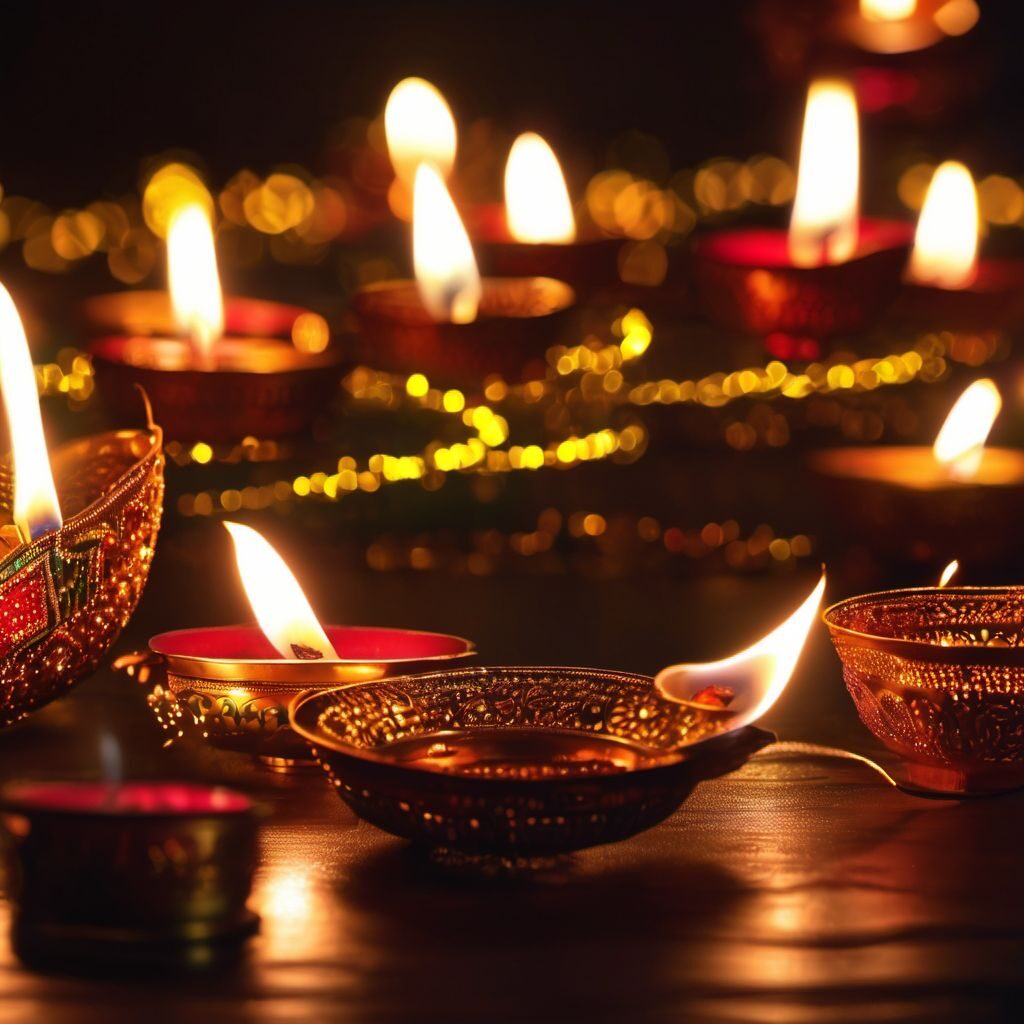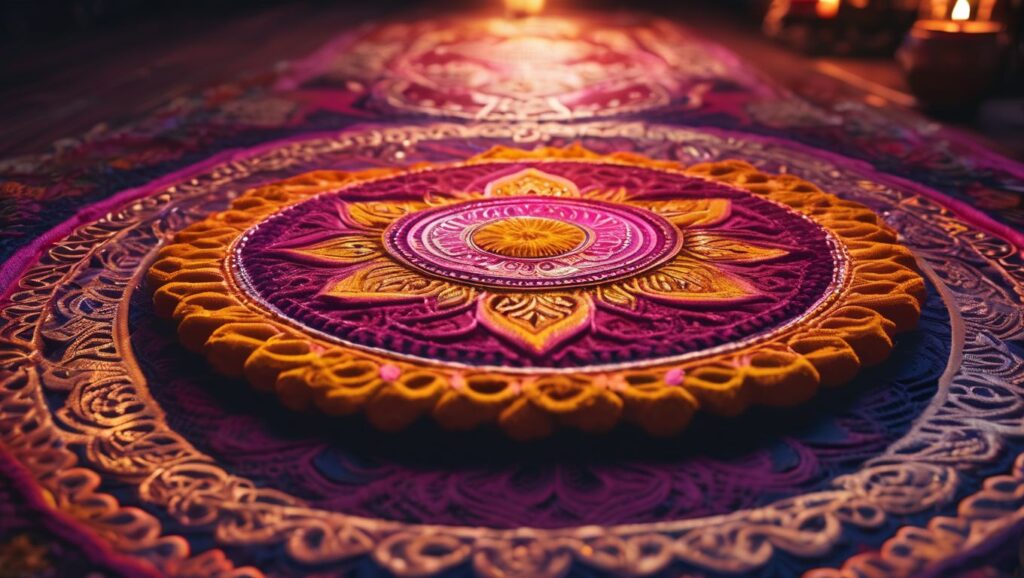Welcome to Murshidabad, a district in West Bengal that stands as a living testimony to India’s rich history and cultural heritage. Nestled along the banks of the Hooghly River, Murshidabad served as the capital of the Bengal region during the reign of the Nawabs of Bengal. Today, it remains a captivating destination, drawing travelers with its majestic palaces, ancient monuments, and tales of valor and intrigue. Let’s explore the major attractions that make Murshidabad a treasure trove for history enthusiasts and culture aficionados.
1. Hazarduari Palace: The crown jewel of Murshidabad, Hazarduari Palace, also known as the Palace of a Thousand Doors, is a magnificent structure that exudes grandeur and opulence. Built in the 19th century by Duncan MacLeod, the British architect, this palace served as the residence of the Nawabs. It boasts 1000 doors, of which only 900 are functional, adding to the allure of this architectural marvel. Inside, visitors can explore a vast collection of historical artifacts, weapons, artworks, and relics from the bygone era.
2. Katra Masjid: A splendid example of Indo-Islamic architecture, Katra Masjid is a must-visit destination in Murshidabad. Constructed by Nawab Murshid Quli Khan in the early 18th century, this mosque showcases intricate carvings, graceful domes, and a vast courtyard. Its architectural finesse is a testament to the artistic skills of the artisans of that era.
3. Nizamat Imambara: Adjacent to Hazarduari Palace, Nizamat Imambara is an Islamic congregation hall that reflects a unique blend of Bengali and Islamic architectural styles. It is home to the largest chandelier in Asia, crafted from hundreds of lamps and thousands of glass pieces. The imambara hosts various religious and cultural events, adding vibrancy to the local traditions.
4. Katgola Palace: Built in the 19th century, Katgola Palace is another splendid mansion that showcases the architectural brilliance of the past. Its exquisite terracotta carvings, elaborate columns, and intricate motifs make it a visual delight for art enthusiasts. The palace is open to visitors, allowing them to witness the regal lifestyle of the Zamindars (landlords) of Bengal.
5. Nashipur Rajbari: Venture into the town of Nashipur to explore the Nashipur Rajbari, an ancient palace renowned for its unique blend of Indian and European architectural styles. While the palace is partially in ruins, its grandeur still echoes the glory of the past. The lush gardens and serene surroundings add to the charm of this historical site.
6. Katra Mosque: Katra Mosque, also known as Katgola Masjid, is a magnificent mosque dating back to the 18th century. This mosque is famous for its intricate terracotta carvings that adorn its walls, showcasing scenes from Islamic traditions and daily life.
7. Motijheel: Motijheel, or the Pearl Lake, is a serene water body surrounded by beautiful gardens and pavilions. Built by Nawab Alivardi Khan, it is a peaceful retreat where visitors can relax and enjoy the natural beauty.
8 Khosh Bagh: Khosh Bagh is a historic garden cemetery where several members of the Nawab family are buried. The serene ambiance, towering tombs, and lush greenery make it a unique attraction that reflects the cultural heritage of the region.
Murshidabad’s heritage and historical significance make it a compelling destination for travelers seeking to unravel the layers of India’s glorious past. Steeped in architectural brilliance and tales of valor, Murshidabad offers a glimpse into the grandeur of bygone eras. Plan your visit to this captivating district and immerse yourself in the timeless charm of Murshidabad.










